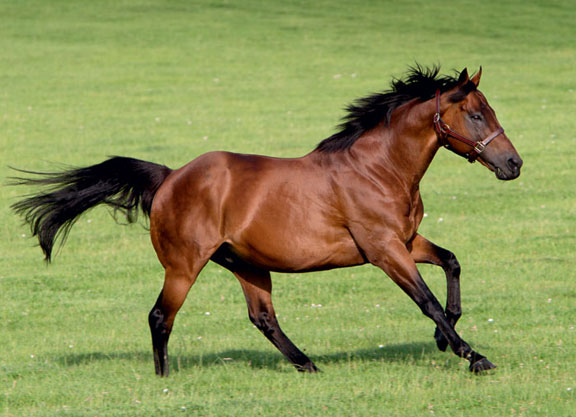By John Boyce
Great stallions tend to do well with a wide cross-section of mares. If they don't, they simply won't become dominant sires. But breeders tend to look for patterns of success and then repeat them. The Nicks industry is thriving and whether you buy into it or not, there's no doubt that some sires produce good runners at a higher rate with certain broodmare sires than with mares in general. True, for the vast majority of nicks we always have a problem with sample sizes–they're usually too small to satisfy established research principles. Nevertheless, a stakes winner from three starters is always more encouraging to a breeder than no stakes winners from three starters, regardless of sample size.
Then there's the issue of overuse. Let's have a good nick regardless of general suitability between mare and stallion. This inevitably leads to a diminution of its effectiveness as does the age of the participants, particularly the mare. Contemporaries Sadler's Wells and Darshaan had outstanding results as sire and broodmare sire in their early years, but, like many nicks, they seemed less successful in their later lives. This in part is down to Darshaan daughters growing older. The fact that a mare's probability of producing a stakes horse diminishes 60% by the time she reaches the age of 15 helps explain why some nicks appear to wane after an initial surge.
Our table contains the most successful sire/broodmare combinations in recent times. All combinations have at least 20 starters and have produced percentages of stakes winners better than the sire's own career figures. It is restricted to sires in Europe, America, Japan, South Africa and Australasia.
Not a subscriber? Click here to sign up for the daily PDF or alerts.







